Stayman Apple Tree
$129.50 Original price was: $129.50.$90.65Current price is: $90.65.
- Free Shipping over $25
- Fast & reliable delivery options
- Enjoy top quality items for less
- Multiple safe payment methods

One of the great things about growing your own is that you get to choose. Many people would say, with good reason, that growing something widely available is not such a good idea, even if you recognize the name, and enjoy that apple. When you have a crop, so do growers, so prices will be lowest exactly when your harvest is ready, meaning that the value of the tree to you in reduced.
Far better, such people argue, to grow something unique, special, and probably unobtainable from commercial growers. With fruit and vegetables this usually means something heirloom, that is, an older variety – oldies but goodies, we might say. There are lots of reasons why a particular apple variety stops being grown, and it rarely has to do with quality – in fact it is often the reverse. Size of the harvest is a big issue for commercial growers, and many great apples are replaced simply because the new one yields more. The ability to travel and store well are other big factors. For a home grower, none of these things really matter, and you can focus on what really does matter – taste and uniqueness.
If growing heirloom varieties appeals to you, for exactly these reasons, then the Stayman Apple is the tree for you. As one special tree, or as part of a collection of heirloom varieties, this apple has a unique spicy flavor, combining sweet with tart, plus a juicy and crunchy texture for great eating. Over a hundred and fifty years old, this apple certainly counts as an heirloom, and it’s a great eating apple too.
Growing Stayman Apple Trees
The Stayman Apple is considered by many to be the best eating apple there is. It has the perfect combination of sweet and tart, and a grown-up crunch. The flavor is often described as spicy or ‘winey’, and it has a delicious after-taste like strawberries. Heirloom apples often don’t look great, and the Stayman Apple won’t win any beauty contests, although it is pretty enough. The fruit is large and round, with greenish-yellow skin that has a heavy red blush over most of it, with many red stripes from top to bottom.
Like other heirloom apples, there are russet spots on the skin, and russet where the stalk is attached. Russet is a thicker area of rough brown on the skin. This apple is therefore best peeled before eating. The flesh is white with a yellow-green tone, and it’s crisp yet tender. This is a juicy apple, with a sweet but tart taste you will love. The spicy notes make for a unique and very enjoyable eating experience. This variety also makes excellent apple sauce, and cider too.
Planting and Initial Care
Grow your Stayman Apple Tree in well-drained soil in full sun. Mulch over the root-zone each spring with rich compost or manure, keeping it from touching the trunk. Keep the area below your tree free of grass and weeds. Only mature trees should have grass growing beneath them. Pruning your tree should begin early, and it should be done in late winter each year. The goal is to keep a sturdy central trunk, with several evenly-spaced branches radiating outwards at a low angle, with a clear center, to allow the sun to penetrate. Cut new shoots back by one-third and keep the tree open and uncrowded. If you have a heavy crop of young apples you may need to thin them, so they are spaced out about 4 inches apart. Do this when they are about the size of a quarter. Thinning will give you large, good-quality apples.
Pollinating Your Tree
The Stayman Apple is not self-fertile, so it needs another tree of a suitable variety to pollinate it. Why not compliment it with a wonderful heirloom cooking apple – Rome Beauty? Dating from 1816, this apple is even older, yet it is considered simply the best cooking apple around. It is self-fertile, so it will pollinate your Stayman Apple, and crop beautifully itself too. That way you have a wonderful eating apple, and a terrific one for cooking too. If instead you want more eating apples, another suitable heirloom variety, from 1826, is Jonathan, also renowned for its flavor. In fact, why not grow all three?
History and Origins of the Stayman Apple Tree
The Stayman Apple originated from a batch of seeds taken from an earlier American variety called Winesap. This was a tart apple, popular for cider making. A certain Dr. J. Stayman, from Leavenworth, Kansas, grew the seeds in 1866, and in 1875 his tree bore its first fruit – sweeter than the parent, but just as well-flavored. It wasn’t noticed much until the 1890s, after which it was widely planted in New Jersey, Pennsylvania, Delaware, Maryland and Virginia – all states where this apple grows well.
This apple is preserved by grafting, and it cannot be grown from seed. Our trees are skillfully produced from sections of young stems grafted onto special apple roots, to give healthy and sturdy plants. You can see this connecting point as a kink low down in the stem of your tree. Keep that area above the ground when planting – in time it will disappear. Any growth from below that point is not the apple you want, and it should be removed immediately.
Growing and collecting heirloom apples is a popular activity, and no wonder – the benefits are enormous. Stock of special varieties like this one sells quickly. Order now while we still have some Stayman Apple Trees left for you.
Be the first to review “Stayman Apple Tree” Cancel reply
Related products
Apple Trees
Apple Trees
Citrus Trees
Berry Bushes
Fruit Trees
Apple Trees
Fruit Trees
Fig Trees

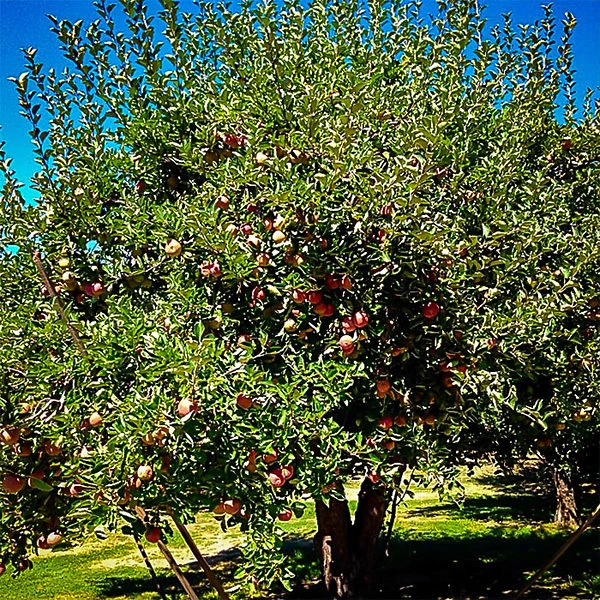
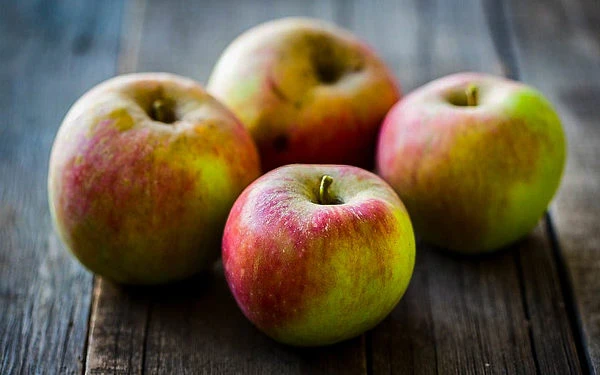


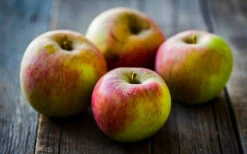
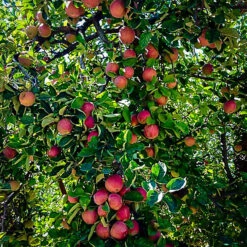
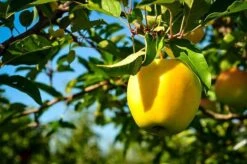

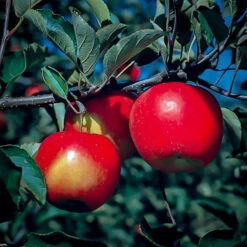


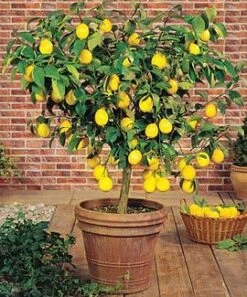
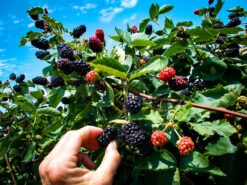
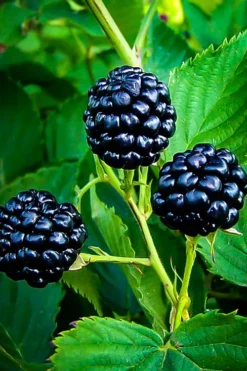

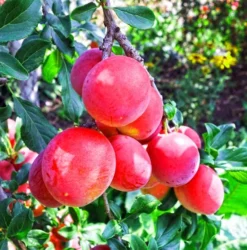

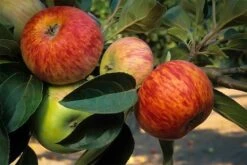

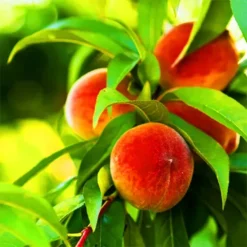
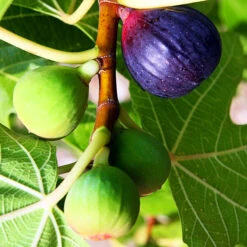
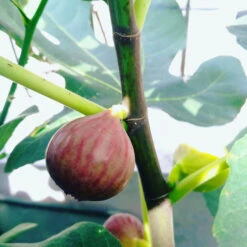
Reviews
There are no reviews yet.